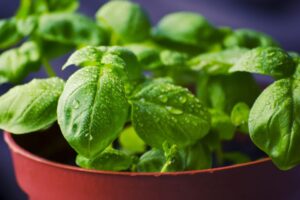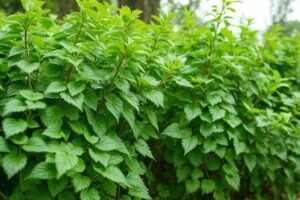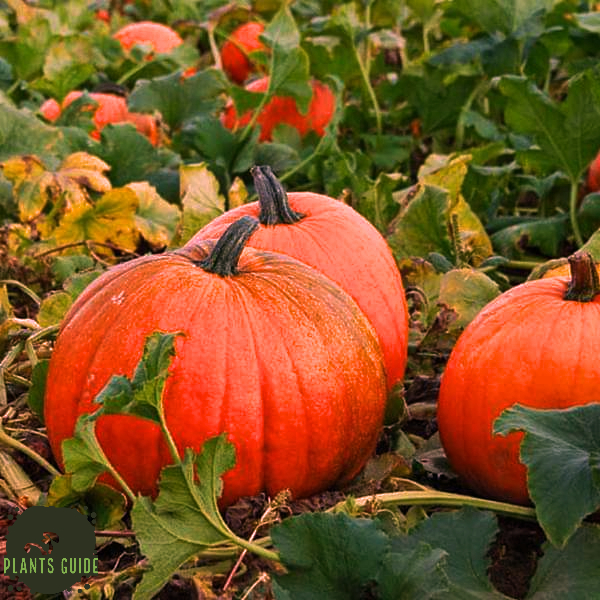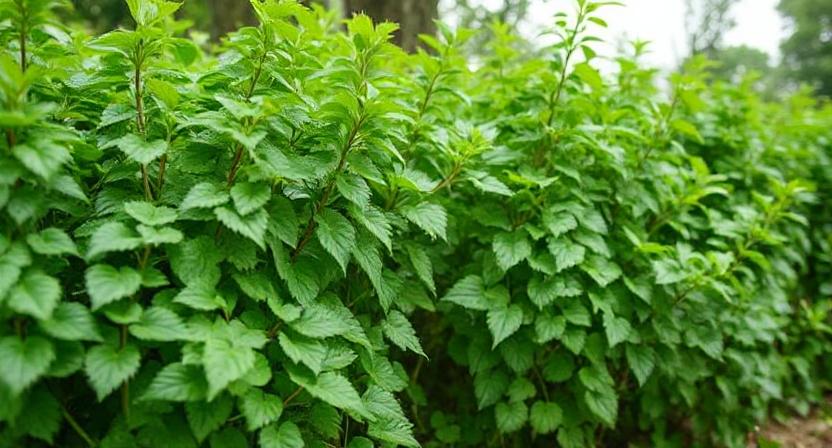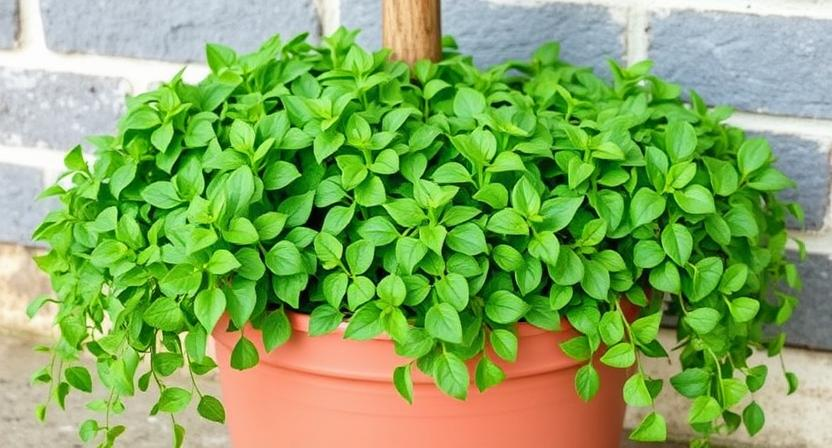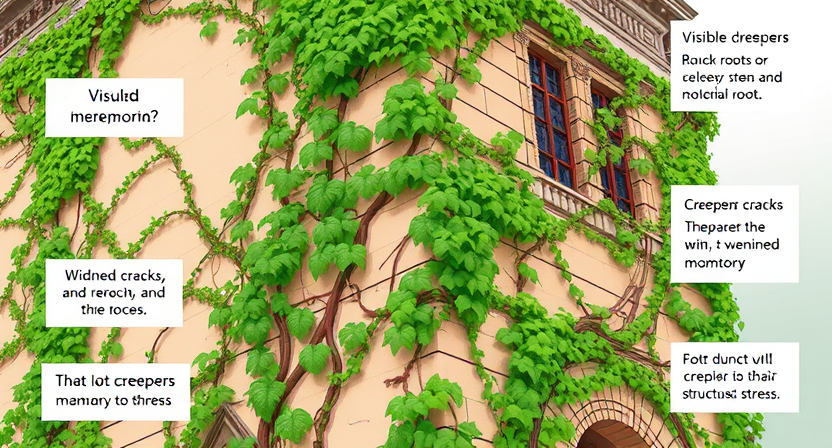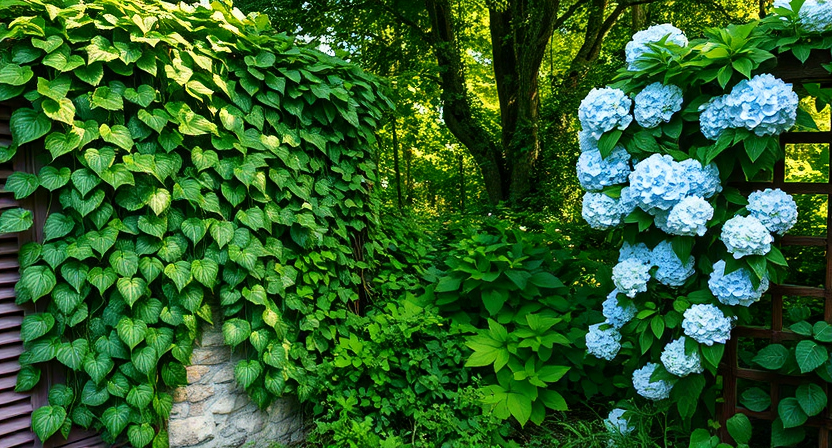Introduction
I’ve always loved creeping plants. Maybe it’s because they’re so hardy and easy to grow, or maybe it’s just because they’re fun to play with. Creeping plants are one of the easiest plants to propagate, which means you can have a whole garden full of them in no time at all—just look at my garden! I’m sure you’ll agree that these beautiful plants are the perfect addition to any garden, no matter the season.
The best time to propagate creeping plants is in early spring.
Why? Because it’s the most likely time of year that you’ll be able to take cuttings and get them rooted before they start growing again, which means you can be sure your new plants will be ready for the summer months ahead. Other times of year may work just as well, though; if you want to try propagating creeping plants during another season instead of early spring (or if you don’t live where there are four distinct seasons), then go right ahead!
Creeping plants can be propagated by seed or by cuttings.
Propagation by seed is a simple and inexpensive way to get your creeping plants started. You can purchase seeds from most garden centers or online, or you can collect them from your own plants.
Once you have collected some seeds and dried them out, it’s time to plant them! To do this, simply make sure that the soil has been prepared properly with enough nutrients (such as compost), then scatter some seeds over the surface of the soil in whatever container you are using for growing them in–the more open space they have access too now will help prevent roots from becoming tangled later on down the road! Covering with mulch will also help keep moisture levels high while keeping out weeds during germination periods which could compete away valuable nutrients needed for healthy growth later down line once sprouts begin appearing through cracks between rocks etc…
Some creeping plants don’t need a lot of water and others require more moisture.
However, if you know what kind of plant you have, it will be easier to determine how often it needs to be watered. For example, some plants like to be kept moist while others prefer being allowed to dry out between waterings–and still others like being watered in the morning or evening (or both). If you’re not sure which type of creeping plant you have, check the tag attached to its pot or look at its leaves; if they’re glossy green then the plant is likely needing regular watering but if they’re dull or starting to turn brown then the soil may be getting too wet and should be allowed some air time before being re-watered again later today at noon when we make lunch together!
If you’re propagating creeping plants from cuttings, you may need to provide some humidity in the air.
This is because most creeping plants are native to tropical or desert climates and don’t require much water once they’ve been established. They can be grown indoors but will likely dry out quickly without some help.
Here are some ways you can increase humidity:
- Misting the leaves daily with tepid water will keep them hydrated enough that they won’t wilt or brown up too much while they’re waiting for roots to form on their own. It’s not necessary if it rains regularly where you live (or if there’s a large tree outside), but it’s worth doing if there isn’t any precipitation coming through yet! Just direct your mister so it doesn’t hit other plants nearby–you don’t want those getting wet either!
When taking cuttings from a mature plant, choose a stem with at least two sets of leaves on it.
This will give you more time to get your new plant established before it needs to be transplanted into its own pot or garden bed.
If you are propagating creeping plants in order to sell them as houseplants, then it’s best to take cuttings from young plants–the younger the better! Younger plants will grow faster than older ones and therefore bring in more money for you when they’re sold at nurseries or garden centers.
Be sure to keep creeping plants in their pots so they don’t root themselves into the garden soil and disappear completely!
Creeping plants are often difficult to find in the nursery or garden center, but they can be grown from cuttings. Taking cuttings from a mature plant will require that you root the new plant in a pot before returning it to its permanent location.
It’s easier to grow extra plants than it is to find them for sale when you need them for your garden or containers.
One of the great things about creeping plants is that they’re easy to grow. You can use them in many ways, from adding color and texture to your garden to filling containers with greenery. The only thing better than growing your own is being able to propagate extra plants for future use.
There are many types of creeping plants available at local nurseries or online, including:
- Sedum ‘Autumn Joy’ (Sedum spectabile)
- Creeping Jade Plant (Crassula Argentea)
Conclusion
I hope this article has helped you to understand how to care for and propagate creeping plants. If you’re looking for some ideas on what kind of plants might work well in your garden or containers, we have many more articles on our blog about different types of flowers and foliage plants that could be just right for your home!



